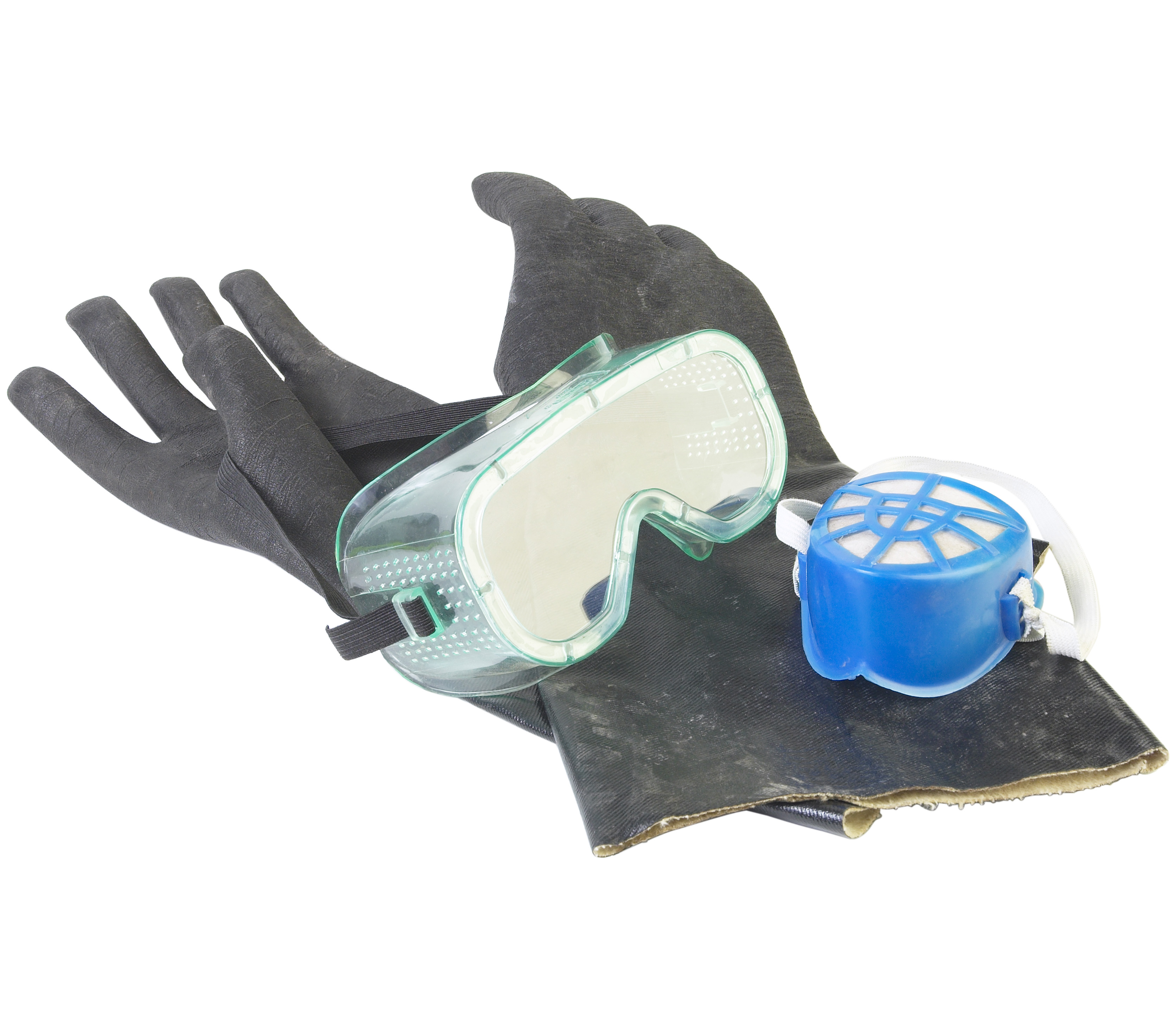 |
PPE Payment Verification
Employers are not required to maintain receipts or any other form of paperwork involving PPE payment, and OSHA will not cite an employer for failure to have such paperwork. In most instances, an OSHA inspector will interview employers and employees to determine if an employer is complying with the PPE payment rule.
PPE Replacement
A worker’s request for more expensive PPE to replace ill-fitting PPE or substitute for one made of material that causes an allergic reaction in a worker should be judged on safety and health grounds, not on an aesthetic basis. To the extent that an employee’s preference is consistent with these OSHA requirements, OSHA believes the employer should accommodate any added cost.
Forget expensive calls to lawyers and consultants. With Enviro.BLR.com, you get instant access, 24/7. Try it out today and get an EHS Recordkeeping Checklist, absolutely free. Download Now.
If an employee has lost or intentionally damaged the PPE, the employer may require the employee to pay for such replacement. An employer should develop a policy for determining whether the loss of PPE was due to negligence or uncontrollable circumstances.
PPE replacement policy. The employer is not required to provide and pay for replacement PPE whenever requested by an employee. OSHA recommends that each employer establish a policy concerning what will constitute normal wear and tear (expected service life), a "lost" PPE item, how to safeguard against PPE abuse and negligence, and for allowing (or disallowing) employees to use PPE for personal activities that are not work related. In OSHA‘s view, it is up to the employer to determine how he or she chooses to deal with situations in which an employee has lost or caused damage to required PPE.
Employee-Supplied PPE
When an employee voluntarily purchases and wears his or her own PPE and is allowed to use it at the workplace, the employer is not required to reimburse the employee for that equipment. For example, newly hired workers sometimes report to the workplace with PPE that they own, especially in workplaces that use short-term labor. In such cases, the employer is not required to reimburse the employee for using his or her own PPE. OSHA makes it clear, however, that employers cannot avoid their obligations by requiring employee ownership of PPE as a condition of employment. The employee’s use of PPE he or she owns must be entirely voluntary.
Purchase Allowance System
If an employer uses an employee allowance or reimbursement system to provide and pay for PPE, the employer is required to provide to the employee only the amount of money required to purchase basic PPE that protects against hazards in the workplace. The employer may allow employees to use the allowance to purchase acceptable PPE, but not for an unauthorized personalization or upgrade.
Electric Arc Protection
OSHA‘s existing clothing requirement under the Power Generation, Transmission, and Distribution rule (29 CFR 1910.269) does not require employers to provide flame-resistant clothing to protect employees from electric arcs. It simply requires that an employee’s clothing do no greater harm. The use of certain heavy-weight natural fiber materials, such as cotton, is allowed when the employer can ensure that the clothing will not contribute to injury to the employee. The clothing requirement under the rule does not mandate that employers provide any particular type of PPE to their employees; and, therefore, the "employer pays" requirement does not apply to flame-resistant clothing permitted by 29 CFR 1910.269. The issue of whether flame-resistant clothing should be required is currently being considered by OSHA in a separate rulemaking to revise 29 CFR 1910.269.
Need an answer fast? Relax. Our editors guarantee a personalized response to your questions within 3 business days. Take a free trial of Enviro.BLR.com and see what everyone is talking about. For a limited time, also receive an EHS Recordkeeping Checklist. Download Now
Prescription Eyewear
When an employee’s prescription glasses cannot be fitted into a required respirator without compromising the seal, special lenses will be needed to protect the employee, and they must be provided at no cost to that employee. OSHA has determined that when special-use prescription lenses must be used or mounted inside the respirator face piece, employers must pay for the lenses or inserts.
Whether you need facts about emergency planning or some other important environmental issue, Enviro.BLR.com provides all the information you need, 24/7.
This essential online environmental management tool puts practical RCRA, CAA, CWA, hazardous waste regulatory analysis and activity, news, and compliance tools at your fingertips whenever you need it. With instant access, your expensive calls to lawyers and consultants, and the risk of costly mistakes from "not knowing," are a thing of the past.
A basic subscription includes detailed environmental information and tools on federal EPA and 1 state. All 50 states are available. Full text regulations are also available as a low-cost option.
Your subscription includes:
- State-specific regulatory analysis
- Continuous regulatory updates—more than 500 posts each month
- Hundreds of compliance and training tools
- Environmental best practice and white papers
- "Site Navigator," a powerful, easy-to-use search
- 3-day expert answers to your questions from our editors
If you’d like to personally evaluate Enviro.BLR.com and see how it can help you comply with environmental requirements, we’ll be happy to provide a no-cost, no-obligation tour of the website. Just let us know, and we’ll arrange it.
